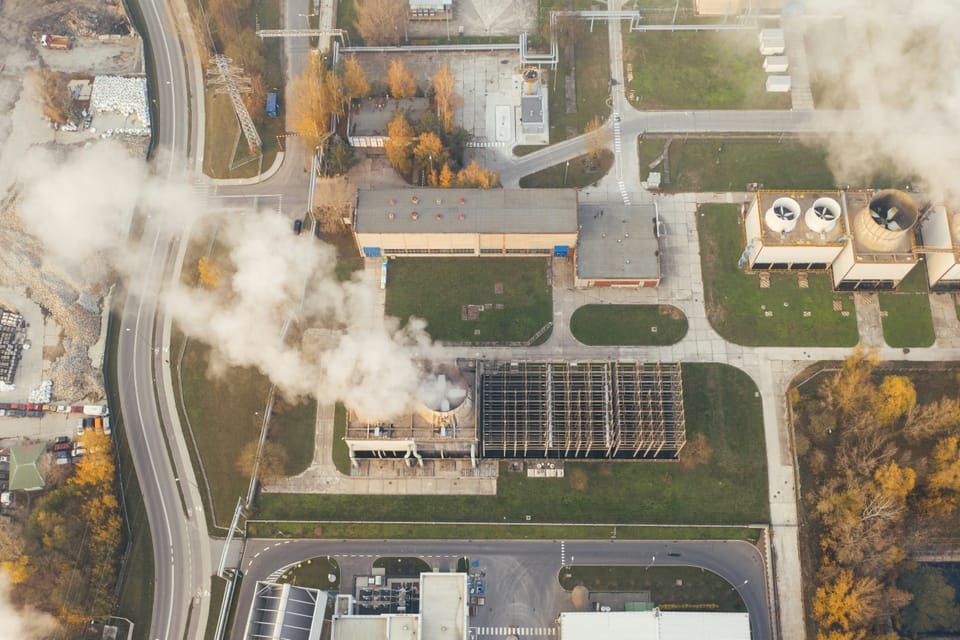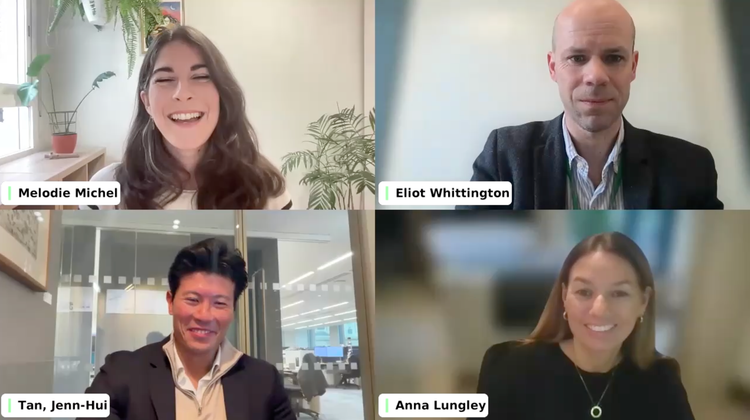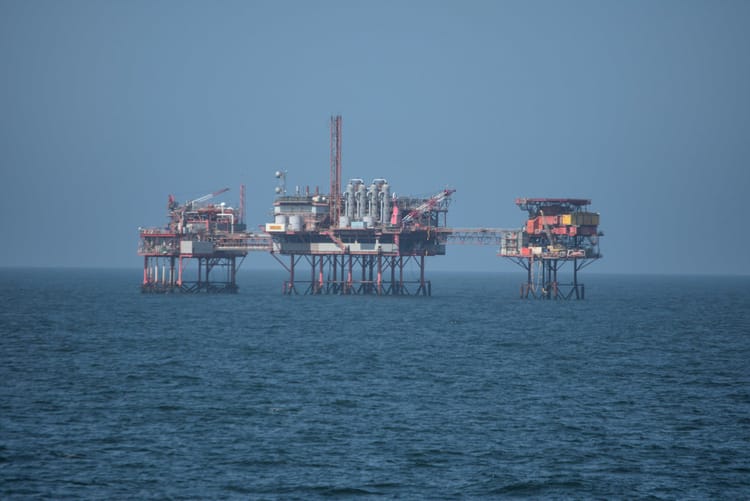Think tank decries CCUS as ‘new kind of greenwash’

Companies in so-called ‘hard-to-abate’ sectors, including steel and cement, may be using carbon capture, utilisation and storage as an excuse to delay climate action, according to Climate Analytics.
The think tank warns that by arguing that there is currently no viable technology to reduce their emissions, and by betting heavily on carbon capture (CCUS), these sectors are slowing down real progress.
"Industry faith in the ongoing failure of CCUS is delaying urgent action to cut emissions – a new kind of greenwash based on technology that, frankly, doesn't work, and would not cut emissions from these sectors to zero," said report author and CEO of Climate Analytics, Bill Hare.
CCUS limitations
CCUS is presented as one of the most promising technologies to help the world meet its decarbonisation targets by heavy-emitting sectors such as oil and gas, steel and cement. But the technology is expensive (US$30 to US$300 per tonne of CO2 captured at point source; up to US$1,000 for direct air capture), and experts have warned that its climate benefits are largely unproven – and too small for the challenge at hand.
"Waiting for breakthroughs that may never arrive can disincentivise short-term investment and investigation of nascent technologies," added Hare.
The report warns that the International Energy Agency has consistently cut its outlook for CCUS: by 61% in the steel industry for 2030, and by 40% for 2050; and in the cement industry, the IEA’s near-term outlook for CO2 captured by 2030 was recently cut by 32%.
"Diverting finite policy support to applications that can feasibly stop emissions being generated, rather than those that might prolong emissions generation, appears a far less risky strategy," Hare said.
Cement and steel require comprehensive approach to decarbonisation
The report finds that no more coal-powered blast furnaces, which account for around 72% of steel production, should be built, and that some existing plants should even be decommissioned before the end of their economic life, particularly in China.
Steel decarbonisation will require “substantial additional policy support”, Climate Analytics adds, including ‘carrots’ such as investment in low-emissions production, and ‘sticks’ of regulatory restrictions on high emissions production.
For cement, a comprehensive approach is required, improving production efficiencies, but also examining the entire lifecycle of cement, including the impact of demand management, end-use applications, and material substitution.
Replacing cement with alternatives such as wood and stone, for instance, could reduce cement demand by 20-30%.







Member discussion